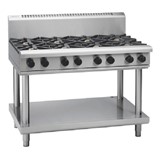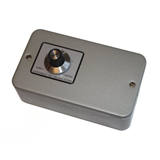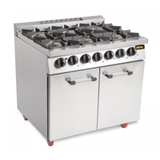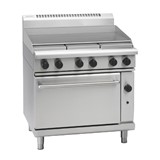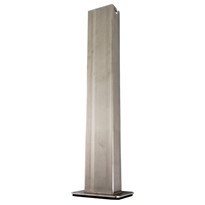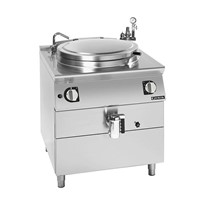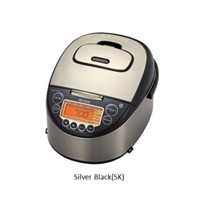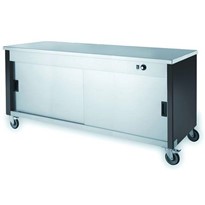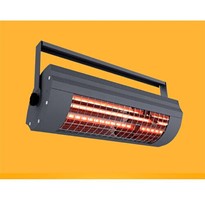The heat projection of gas ceramic heaters makes them popular outdoor undercover heaters for use in hospitality areas and other large open spaces. To achieve the radiant heat ‘throw’ they need a good supply of gas and are generally in the range of 25 – 40 Mj per hour capacity. Often requiring deflectors to reduce loss of heat to the area above the heater, it is not uncommon on a cold day to see waves of heated air floating away from the people it is intended for. This is because the radiant efficiency of the medium wave infrared is around 60%.
This same issue affects the standard patio heater, most fueled by 9kg LPG bottles. The ‘mushroom’ deflector is designed to direct the heat downwards, but instead tends to dissipate heat to the immediate surrounds. At best these heaters have a radiant efficiency of 40% and while they may claim to heat large areas, they are only effective for a limited radius immediately adjacent.
Gas ceramic heaters are quite expensive to buy and to install, depending on existing gas and electricity supply to the outdoor area. However, they are more efficient to run compared to gas patio heaters. Patio heaters are very cheap to buy but require a change of bottle every 10 – 12 hours of use. Therefore, running costs of portable heaters can quickly surpass the overall costs of permanent heating alternatives.
We have recently completed cost comparisons between our new Heliosa short-wave infrared heaters, and gas heater alternatives. Short wave heaters offer instant heat at 92% radiant efficiency – resulting in less energy loss to the atmosphere. Unlike most other commercial electric heaters on the market, they can cover similar square meterage as current gas alternatives.
Purchase costs for Heliosa infrared heaters are a fraction of wall mounted natural gas ceramic heaters. They also are less costly to install and running costs are comparable. Once installed, Heliosa heaters are significantly cheaper to run than patio heaters with a payback period of just over one year.








